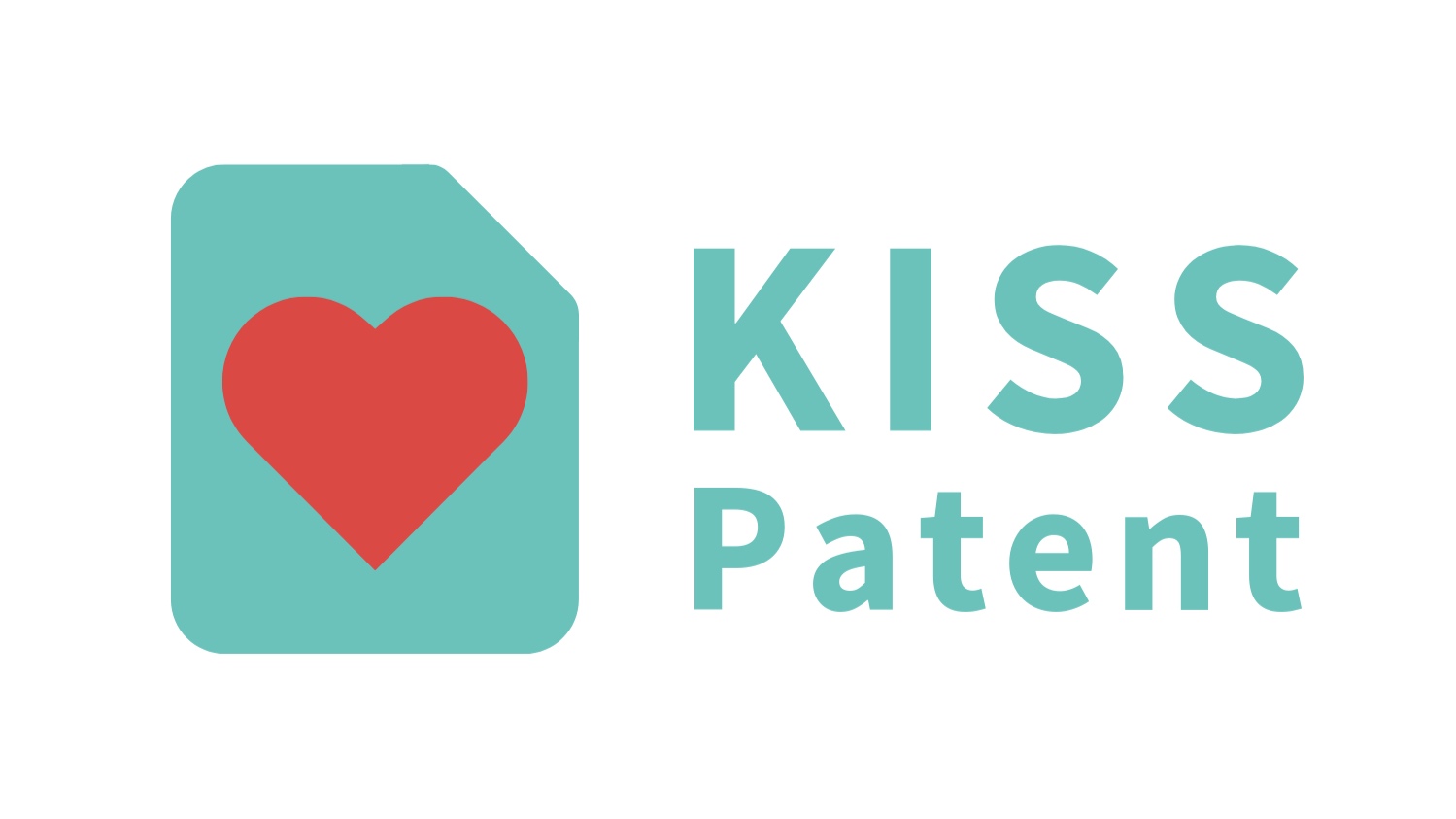We've all grown up playing board games and probably not taking any time to realize how those games became family traditions. While you've maybe taken a few minutes to notice the copyright insignia on the box (likely continuously renewed), patents were likely involved as well. Everything from classic Monopoly to current popular board games like Scythe had to obtain patents to protect their ideas.
If you're considering becoming a board game entrepreneur, you have a lot more work to do than creating dice and tokens. Your whole board design needs patenting, and it may not stop there.
Other unique elements to your game may require another patent type to fully prevent someone else from stealing the idea.
As always, because this is still a crowded field, you don't want to become a real-life version of Risk. Act fast on your patents through the "first to file" law.
Putting Together a Title Explaining Your Game
To get started, many IP analysts note patenting a board game should start with a title. Don't just say "Board Game", because millions of patent titles use this. You need to come up with a full sentence uniquely identifying what your board game concept is.
Something descriptive and under eight words works the best. Just take a look at some patents available through Google to give you some inspiration. One titled "A Board Game Related to Stress" is one of the best examples of using a common term with a little twist.
Ready to protect your board game idea from copycats and thieves?
Take our short survey to find out what type of intellectual property is right for your board game idea!
Explaining Alternatives to the Game
When fully describing your game in the patent description, you should focus on alternative methods to playing your game. Monopoly did this decades ago, thoroughly delineating alternate methods to playing a shorter game to save time.
Be sure to explain this thoroughly in one paragraph for your patent description. If you don't bring some clarity here, it means the alternatives aren't fully protected. This leaves the door open to someone else using the same idea, and they likely will in the creative world we're living in.
Describing Distinguishing Features From Prior Concepts
Many board games are simply variations on old game themes, something that can bring complication when seeking a patent. The best way around this is to acknowledge what currently exists in your description and describe what makes your game different.
Describing what distinguishes your game from what currently exists is going to help prevent any patent turndowns, or future litigation. Doing this may require another paragraph in your patent description, though try to make it as brief as possible.
Remember to always write these paragraphs in the form of an elevator pitch. Can you describe your board game in just one sentence if possible? Thinking on these terms helps whittle things down to explaining why your game is unique.
Seeking a Design Patent
Once you start to file, you'll want to seek a design patent for your game, which protects the concept for 14 years. This is in addition to copyrights, making board games one creative pursuit involving both copyrights and patents for full protection.
Gaining a design patent benefits you immensely because it prevents anyone else from making, selling, or using your protected board design.
What About a Utility Patent?
Many board games use technology now for sound effects or some other function. Adding these is going to require you filing a separate utility patent. The latter is expensive, yet worth the effort to file since it protects your board game tech for 20 years.
However, not all board games are patentable. For example, game rules themselves are not patentable, as they are considered to be an abstract idea. What exactly makes an invention abstract is still unclear in the US, as the rules have been changing for the past few years.
Another example of why a board game may not be patentable is due to rejections for lack of novelty (being new) or for being obvious (not inventive enough). If a game includes known elements, it may not be patentable due to being rejected as not sufficiently new or innovative.
Be sure to read the rules from the USPTO on how to obtain a utility patent so you go about it in the right way.
Wondering if your idea is patentable? Have a question about this article? We can answer all of your questions — just hit "contact us" down below!











